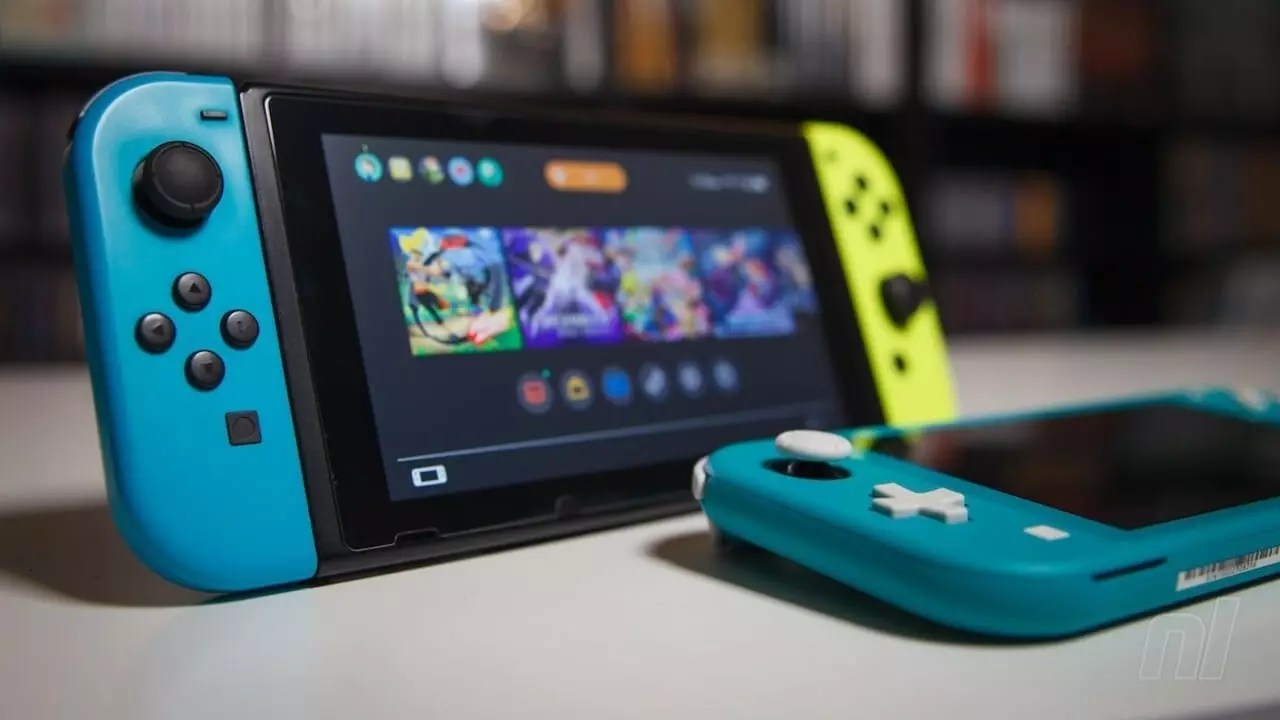As the long-awaited Nintendo Museum prepares to open its doors next month, anticipation looms large among gaming enthusiasts and industry observers alike. The museum promises a comprehensive showcase of Nintendo’s illustrious history, reflecting the company’s unwavering commitment to originality and innovation in a sector often characterized by fleeting trends and rapid technological advancements. Shigeru Miyamoto, the legendary mind behind iconic franchises such as Mario and Zelda, has articulated a vision that transcends mere nostalgia; he emphasizes the importance of remaining authentic to one’s roots and resisting the pressures of competition.
Nintendo’s distinct identity sets it apart from its contemporaries. In a recent interview with Famitsu, Miyamoto asserted that the company’s dedication to producing quality experiences, rather than simply chasing the latest fads, defines its legacy. The impending museum opening not only highlights the company’s storied past but serves as a beacon of inspiration for current and future creators, demonstrating that sticking to fundamental values can yield exceptional results.
Miyamoto envisions the museum as a platform where visitors can engage with Nintendo’s rich history and experience firsthand the philosophy that has shaped its development ethos. Rather than presenting an exhaustive timeline of game releases, the museum aims to contextualize the cultural and technological shifts during each era of Nintendo’s existence. This retrospective encourages a deeper understanding of how the company navigated challenges and reinventions, maintaining its unique flair in the face of industry norms.
Critics and analysts have often questioned Nintendo’s reluctance to adopt certain industry-standard practices, such as embracing extensive online infrastructures or capitalizing on mobile gaming trends. Yet, Miyamoto’s insights reveal that Nintendo does not view the gaming landscape through the same lens as its competitors. Instead of merely adapting to external pressures, the company focuses on optimizing its offerings while retaining its hallmark creativity. The museum, with its interactive exhibits, will illustrate these principles, provoking visitors to reconsider their perceptions of what constitutes success in the gaming industry.
At its core, Miyamoto’s philosophy underscores a symbiotic relationship between innovation and consumer trust. By showcasing its history of thoughtful product development, Nintendo cultivates a deeper sense of assurance among its audience. The idea is simple yet profound: consumers who passionately engage with Nintendo’s rich heritage are more likely to appreciate the company’s dedication to quality and innovation. This bond between the brand and its fans is critical for sustaining long-term relationships, especially as new generations of gamers emerge.
The museum offers more than just a nostalgic journey; it provides crucial insights into the company’s decision-making processes. The narrative that emerges from the exhibits will highlight Nintendo’s knack for timing—introducing products only when they are most impactful and relevant. As the company continues to navigate contemporary strategies while honoring its legacy, the museum will spotlight the delicate balance between honoring the past and innovating for the future.
As the grand opening of the Nintendo Museum approaches, many fans are left wondering about the future trajectory of the company’s philosophy and operational approach. Will this steadfast commitment to originality and innovation shift in an increasingly competitive digital era?
For now, it seems that Nintendo remains resolute in its pursuit of uniqueness, a principle that has served the company well for decades. While others may strive for the latest technological advancements and industry accolades, the essence of Nintendo lies in crafting experiences that resonate emotionally with players. In this new age of gaming, perhaps the most profound lesson competitors can learn from Nintendo’s approach is not to merely chase trends but to enrich the gaming landscape by celebrating creativity and individuality.
Ultimately, the Nintendo Museum stands as a testament to a company that has consistently dared to be different. As visitors walk through its halls and engage with its interactive elements, they will undoubtedly carry with them an appreciation for the unyielding spirit that has defined Nintendo’s legacy and will likely guide it for years to come.


Leave a Reply